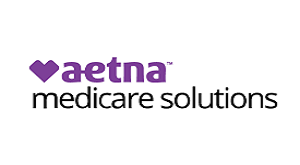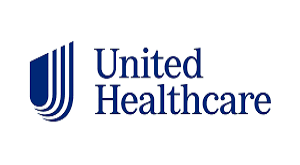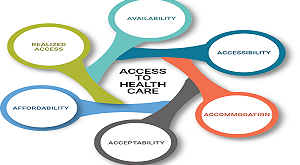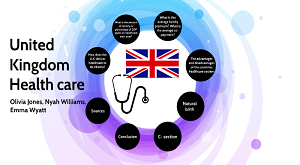Health insurance plans come in various types, each with its own features, coverage options, and cost structures. Understanding the different types of health insurance plans can help individuals and families make informed decisions about their healthcare coverage. Here are the main types of health insurance plans:
Health Maintenance Organization (HMO) Plans:
- HMO plans typically require members to select a primary care physician (PCP) from a network of healthcare providers.
- Referrals from the PCP are usually required to see specialists.
- Out-of-network care is generally not covered, except in emergency situations.
- HMO plans often have lower out-of-pocket costs and may not require deductibles for certain services.
Preferred Provider Organization (PPO) Plans:
- PPO plans offer more flexibility in choosing healthcare providers, allowing members to see both in-network and out-of-network providers.
- Members are not required to select a primary care physician, and referrals for specialist care are not typically needed.
- Out-of-pocket costs may be higher for out-of-network care, but PPO plans generally provide some coverage for such services.
Exclusive Provider Organization (EPO) Plans:
- EPO plans combine features of HMO and PPO plans.
- Members are required to use in-network providers for non-emergency care, but referrals to see specialists are not usually needed.
- Out-of-network care is generally not covered, except in emergency situations.
Point of Service (POS) Plans:
- POS plans combine aspects of HMO and PPO plans, offering a mix of in-network and out-of-network coverage options.
- Members are required to choose a primary care physician and may need referrals for specialist care.
- Out-of-pocket costs are typically lower for in-network care, but members have the option to seek out-of-network care at a higher cost.
High-Deductible Health Plans (HDHPs) with Health Savings Accounts (HSAs):
- HDHPs are characterized by higher deductibles and lower monthly premiums.
- They are often paired with HSAs, which allow individuals to save pre-tax dollars to pay for qualified medical expenses.
- HDHPs are designed to provide catastrophic coverage, and preventive care is often covered before the deductible is met.
Catastrophic Health Insurance Plans:
- Catastrophic plans are typically available to individuals under 30 years of age or those who qualify for a hardship exemption.
- These plans have very high deductibles and are intended to provide protection against major medical expenses.
- Preventive services are often covered before the deductible is met.
Medicare:
- Medicare is a federal health insurance program primarily for individuals aged 65 and older, as well as certain younger people with disabilities.
- It consists of several parts, including Medicare Part A (hospital insurance), Part B (medical insurance), Part C (Medicare Advantage plans), and Part D (prescription drug coverage).
Medicaid:
- Medicaid is a joint federal and state program that provides health coverage to low-income individuals and families.
- Eligibility and coverage may vary by state, and Medicaid may cover a wide range of healthcare services for qualified beneficiaries.
Understanding the distinctions between these types of health insurance plans, including their network requirements, coverage options, and cost-sharing structures, can help individuals and families select the plan that best aligns with their healthcare needs and financial considerations.







